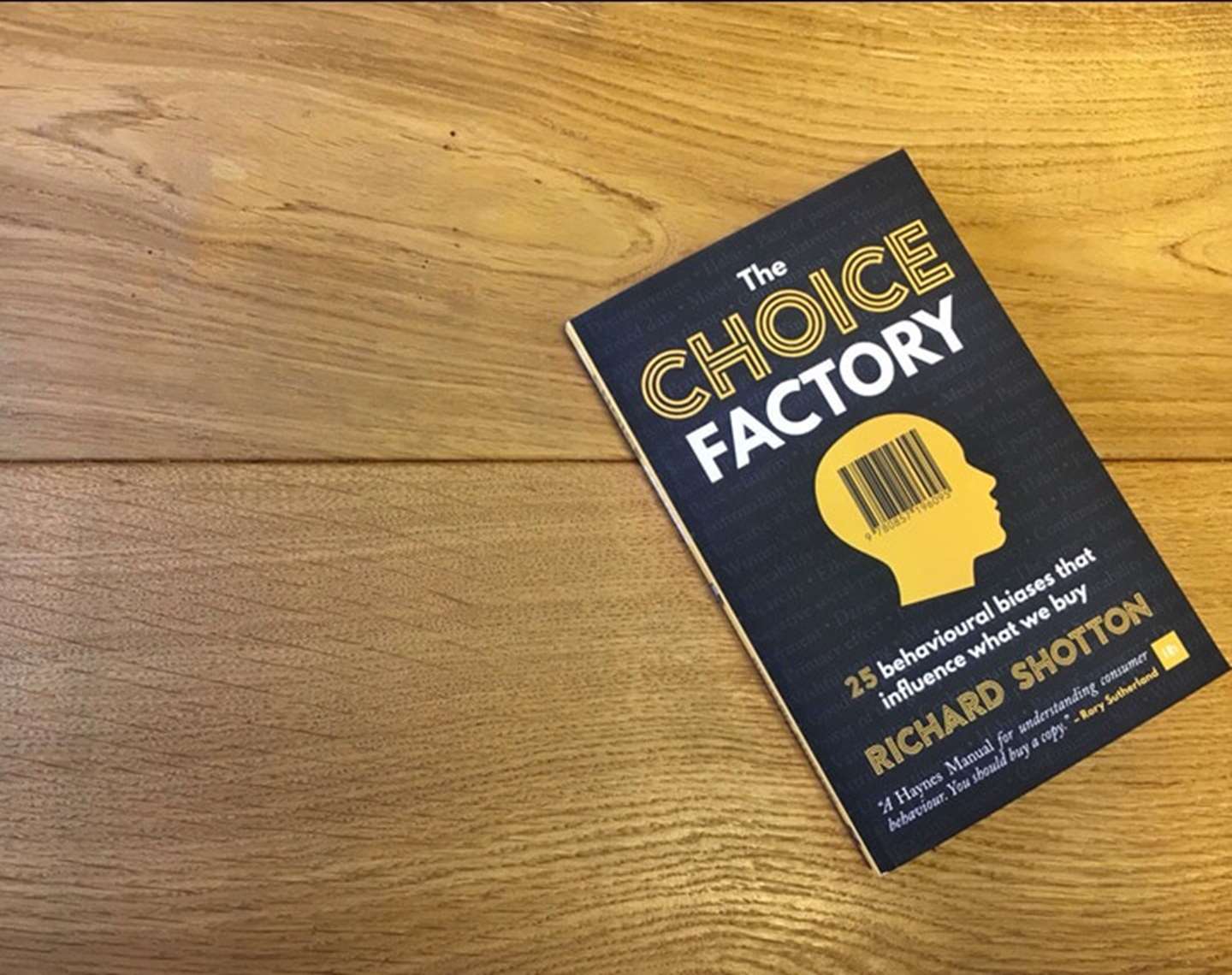The power of print at a glance
- Marketers need to remember, just because they do it doesn’t mean everyone else does.
- The existence of the bias means misconceptions about media are hard to shake, regardless of the volume of information that challenges them.
- There’s no evidence that print has lost its impact on a per-impression basis.
PP: When it comes to choosing print as an advertising channel, do media planners suffer a form of cognitive bias? How does this manifest?
RS: Cognitive biases affect professionals as well as consumers. One of the most relevant biases that sometimes afflicts media planners is the false consensus effect.
This idea, discovered by the Stanford psychologist Lee Ross, describes the tendency to assume our feelings and behaviours are shared by others. In Ross’s words: “The person who feeds squirrels, votes Republican or drinks Drambuie for breakfast will see such behaviour as relatively common.”
While Ross proved that this bias affects the public, Zenith insight manager Claire Linford and I ran an experiment showing it affects media planners too. A few years ago, we asked a group of media planners to estimate the percentage of the population that owned an iPhone. We then cut the data according to the type of phone the respondent owned.
The result? Those with an iPhone thought half the population owned one, whereas people who didn’t estimated that only a third of people had one. The respondents projected their ownership onto the population as a whole.
The assumption among planners that their behaviour is representative is problematic, as their media habits are out of kilter with the population. In our media agency survey, we found that more people read The Guardian than The Sun, more shopped at Waitrose than ASDA and more drank Peroni than Carling.
PP: How much are planners’ media recommendations informed by evidence, emotion or other aspects outside of their control?
RS: There are a few biases that can potentially affect planners and other professional decision-makers.
The first is confirmation bias. This is the idea that we interpret evidence through a lens of our existing feelings.
My colleague Jenny Riddell and I demonstrated how powerful this bias is during the 2015 general election. We surveyed 1,004 nationally representative voters about their views on raising VAT by a penny to fund 10,000 extra nurses. The results were then split by political affiliation. The twist was that half the respondents were told it was a Conservative policy and half Labour.
When Labour supporters thought the policy came from Labour, there was strong support: 14 percent completely agreed. However, support plummeted to three percent when it was described as a Conservative policy. Similarly, among Tories, the policy was four times more popular when it was seen to come from their party.
These results show that voters interpret policies through a lens of their feelings for the party. If they dislike a party they'll interpret any policy through a negative filter. As can be seen from the scale of the effect, this is not an insignificant factor: policy is far less influential than existing party affiliation.
Confirmation bias occurs among professionals as well as consumers. The existence of the bias means there’s a danger that misconceptions about media are hard to shake, regardless of the volume of information that challenges them.
The second problem is the sheer volume of information we’re faced with. Herbert Simon, who won the Nobel Prize in Economics in 1978, described the problems associated with a wealth of information:
“…in an information-rich world, the wealth of information means a dearth of something else: a scarcity of whatever it is that information consumes. What information consumes is rather obvious: it consumes the attention of its recipients. Hence a wealth of information creates a poverty of attention and a need to allocate that attention efficiently among the overabundance of information sources that might consume it…”
When we have a wealth of information we don’t have the necessary time to analyse each piece of information fully. That can mean that myths and misinformation remain prevalent for a long time. Sometimes robust studies don’t get enough attention and sometimes dubious statistics get too much credibility.
PP: How influential is context – and where consumers engage with brands – in driving decision-making? Does print have a defined role?
RS: The context a message is received in is crucial. Consumers pick up on body language as much as the actual content.
As WPP non-executive director Jeremy Bullmore puts it: “A small ad reading ‘Ex-governess seeks occasional evening work’ would go largely unremarked in the chaste personal columns of The Lady. Exactly the same words in the window of a King’s Cross newsagent would prompt different expectations.”
It sounds bleeding obvious when it is put that well by Jeremy Bullmore, but sometimes we forget this point in our professional lives.
One of the most important facets of media context is the perceived expense.
John Kay, an economist at the University of Oxford, suggests that advertising works not because of the explicit messages, but because it’s a costly signal. Advertising known to be expensive signals the volume of the resources available to the advertiser.
As Kay says in his landmark 1991 paper “Is Advertising Rational?”: “The advertiser has either persuaded lots of people to buy his product already – a good sign – or has persuaded someone to lend him lots of money to finance the campaign.”
Advertising works – not despite its perception of costliness, but because of it.
Kay further states that since advertising tends to recoup its costs in the long term, only a company with substantial commitment to its brand would invest significant sums of money in advertising. A poor-quality brand can advertise to generate trial, but no amount of spend can deliver repeat purchase to disgruntled customers.
In his words, advertising, therefore, acts as a screening mechanism that “convincingly signals the quality of a product by displaying the producer's sincere faith in his own output, reflected by the money spent promoting it”.
That’s one of the advantages of print. Consumers realise that a full-page ad in Vogue or The Guardian is expensive, and therefore advertisers who use those formats will benefit from costly signalling.



